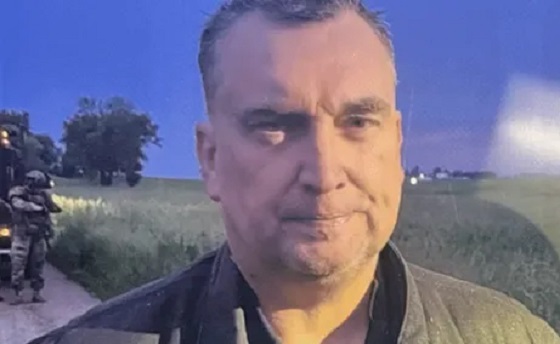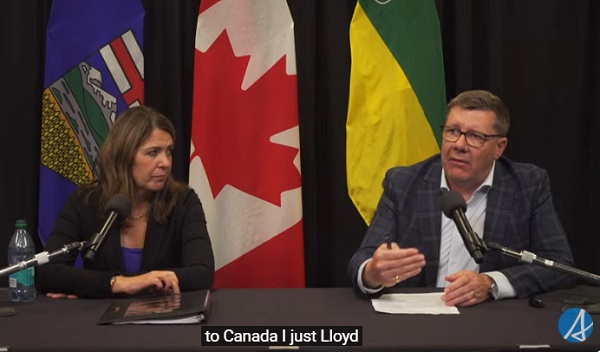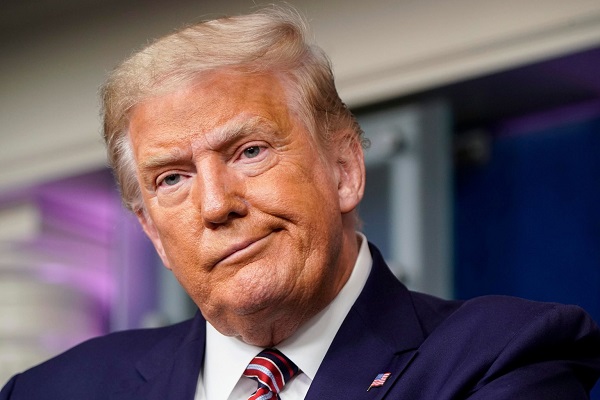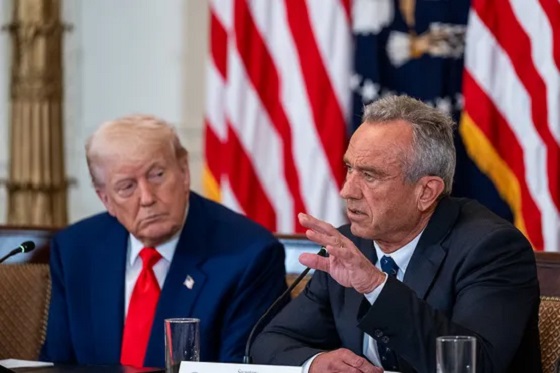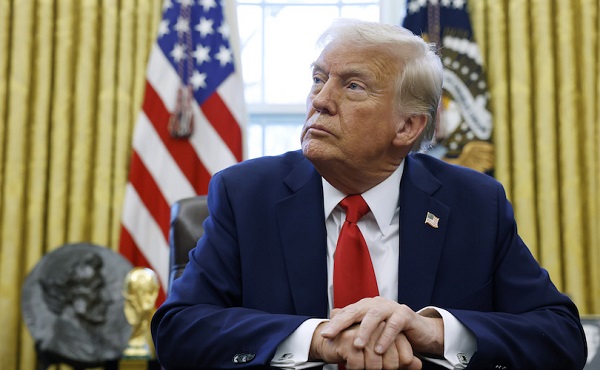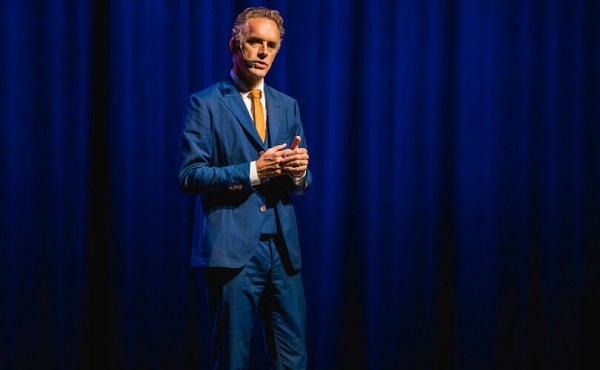From The Center Square
At a news briefing on Thursday. Gov. Jeff Landry shared the ongoing efforts between state, local and federal officials to respond to the attack in New Orleans’ famous French Quarter, which left 15 dead, including the shooter.
In the early hours of New Year’s Day, a 42-year-old Texas man and Army veteran, identified by authorities as Shamsud-Din Jabbar, 42, drove a rented pickup truck into a crowd of revelers on Bourbon Street in New Orleans.
The attack left at least 15 people dead and dozens injured. The FBI is treating the incident as an act of terrorism. Countering previous reports, the FBI currently believes Jabbar acted alone, though they are examining any official ties and communications with international terrorist organizations.
Landry said the state has deployed resources and personnel from across the state to support the investigation and ensuring the city is safe for Thursday’s Sugar Bowl, including the Louisiana National Guard.
Landry said that his office and the state have been in communication with the New Orleans Police Department, Louisiana Department of Wildlife and Fisheries, the Department of Homeland Security, and the Federal Bureau of Investigation.
The agency has also forwarded critical incident response assets, including hostage rescue teams, bomb technicians, and crisis management coordinators, to process the crime scene and provide victim assistance.
According to Christopher Raia, the Deputy Assistant Director of the FBI’s Counterterrorism Division, the FBI is reviewing hundreds of hours of surveillance footage from the French Quarter and surrounding areas to piece together a timeline of events.
Investigators believe Jabbar picked up the rented Ford F-150 in Houston, Texas, on December 30 and drove to New Orleans on New Year’s Eve. He posted five videos to Facebook between 1:29 a.m. and 3:02 a.m. on Jan. 1, proclaiming his allegiance to the Islamic State group, also known as ISIS, and explaining his motivations.
FBI bomb technicians discovered two functional improvised explosive devices inside coolers near Bourbon Street. Both devices were safely neutralized. Officials have ruled out reports of additional explosive devices.
In one video, Jabbar stated that he had initially planned to harm family and friends but ultimately decided against it, citing his desire to highlight the “war between the believers and the disbelievers.”
Jabbar also left a will and testament.


